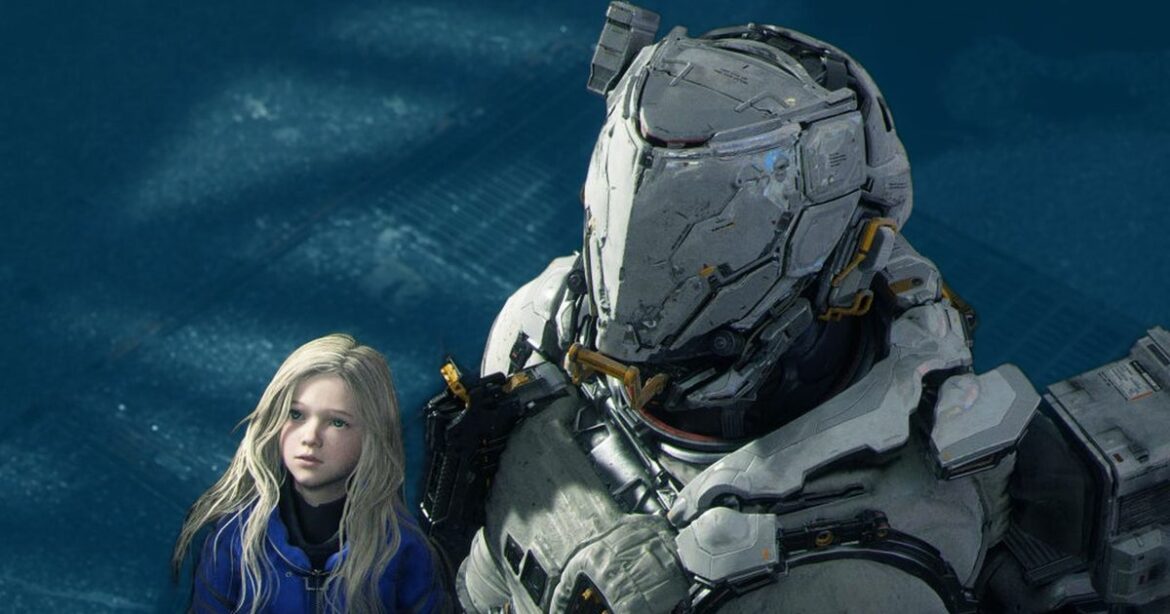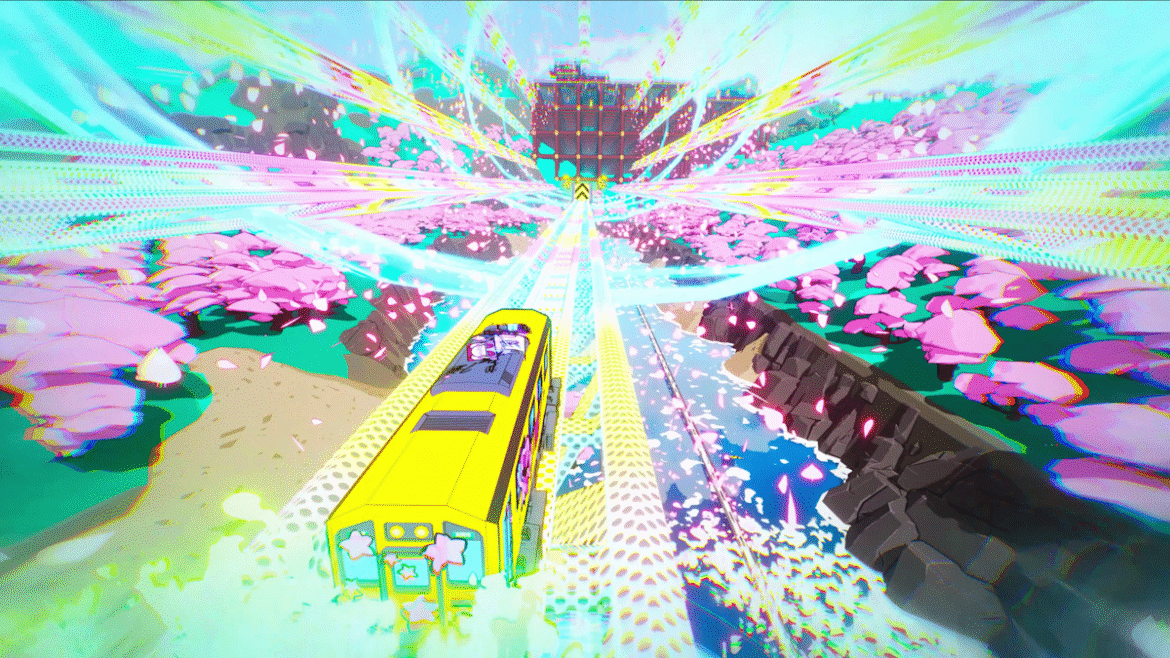We’ve said it before, here, already: Pragmata represents Capcom at its weird, experimental best. To me, it’s in line with Exoprimal and Kunitsu-Gami: Path of the Goddess as a game that shows the publisher is confident to let its studios run with any ideas they have. Whilst those two may not have been commercial (or in Exoprimal’s case, critical) successes, I think Pragmata has a bigger shot at penetrating through the mainstream thanks to three key things: it’s a shooter, its main character is more of an everydad – his name is Hugh Williams, for goodness sake – and it has one of the most exciting genre hybrids I’ve seen in a while.
Pragmata
- Developer: Capcom
- Publisher: Capcom
- Platform: Played on PS5 Pro
- Availability: Out 2026 on PC (Steam) and PS5
In a recent demo at Capcom’s offices ahead of Gamescom, the publisher let me loose on a new demo of the game: a slightly beefier version of the Summer Games Fest demo Alex wrote about in the preview above. The main difference took the form of a boss fight against a mechanised walker that stomped all over an arena that’s also an elevator (standard) that put me in mind of Lost Planet, Vanquish, and I guess… Watch Dogs?
Like I said, it’s a really peculiar grab bag of genres glued together with what seems like a plot that would have to have more structure to be paper thin. But that doesn’t matter. I don’t think people are going to be picking this one up expecting a Hugo-winning tale of redemption and loss, to be honest. What you get with Pragmata, instead, is a very video game-y video game. Strafing around shooting a boss that looks like something from Metal Gear’s cutting room floor whilst a young girl that’s also an android hacks into its systems is peak video game. For me, this is a good thing.
Manage cookie settings
Everything about the demo is peak video game. Hugh wanders around gruffly, muttering about whatever as he solves simple environmental puzzles, exchanging a little bit of mumbly dialogue with Diana (the android). Every now and then, the GLaDOS-like security system wakes up some robot goons that you need to kill, and you push on. The mob enemies all have shields, so Diana needs to hack them before you shoot them. It’s pretty, with this nice clean space station sci-fi aesthetic, and a great little training ground for you to figure out the third-person shooting/hacking dichotomy before the boss.
So, enter the boss. It’s here the twin strands of Pragmata’s DNA form into a beautiful helix that shows off what the game is going for. As the walker slams about the platform and you dodge out of the way of missiles and AoE splashes on the floor, you need to use one of your three guns (it looks like there’ll be four in the final game) to inflict damage. There’s a pistol with a relatively low damage output and slow reload time that makes up for its shortcomings by having infinite ammo, a shotgun that has ridiculous damage-per-second but can only hold six shells at once, and a fun little stasis net that slows down your prey and does a little damage over time.
Diana and Hugh fend off a bad robot. | Image credit: Capcom
It’s a nice trio of arms. Swapping between them to maximise damage whilst minimising threat to yourself is the aim of the game, here, and it all ends up feeling a bit like a combat puzzle you solve on the fly as you strafe around the room. It’s not exactly Halo, but that’s where the Lost Planet reference earlier came from. Bosses like the walker have weak points (identified by Diana as you aim down sights), and in the case of this mechanical lump, it was a fuel tank on it’s back.
Once you’ve got the lay of the land, and you’ve identified where to ‘spend’ your limited shotgun shells, you pop out a stasis net, circle around the back, and get to work. I let out a horrible little laugh as everything came together in my preview – after slowing it down with the net, I unloaded a full clip of shotty shells into the tank whilst I used Diana to hack to the machine, immobilising it and spending some of her resources in order to lower its defence. The way it all mingles together under your fingers feels natural, like I’ve done this before. But, of course, I haven’t. Because this whole concept is completely batshit.
You shoot and aim with your standard trigger setup, then use the face buttons to solve a very easy puzzle and hack an enemy mid-fight (there’s the Watch Dogs nod). You can also jump and dodge, using the shoulder buttons, making your fingers hop across the whole pad in a glitchy, frantic little dance. It’s overwhelming, but in a flustering way that scratches the same part of my brain Vanquish did back in 2010. And once you’re au fait with the scheme, that desperate dance you do with hacking and shooting feels surprisingly natural.
Probably not a paranoid android. | Image credit: Capcom
Watching my footage back, I really don’t think what you see on screen does justice to Pragmata; it’s very much the sort of game that you need to feel in your hands in order to understand. I pray Capcom releases a demo (for its own sake), because the elevator pitch may be a little too obscure for some. It represents Capcom’s confidence, though, and hooks onto the same philosophy that Dead Rising did back in 2006: take a well-established genre, take it apart, and put it back together in a wholly new way.
There are still some anachronistic game design decisions in Pragmata (most of the story is told to you via text logs left scattered around the deserted moon base or projected holograms, very is still very 2006), but mixed in with these new ideas and genuinely fascinating combinations of genres. Pragmata is intriguing. I think games like this represent Capcom at its best: experimental, weird, and willing to break away from the triple-A pack in order to do something left-of-centre, a bit bizarre, a bit proggy. And ultimately, to arrive at something that’s all the better for it.


